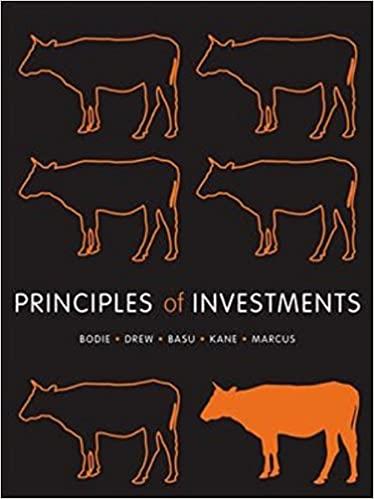9. (4 points) The advantage of relating a company's bad debt expense to its outstanding best relates ble is that this apne a company's had A) best relates bad debt expense to the period of sale.. B) is the only generally accepted method for valuing accounts receivable. C) makes estimates of uncollectible accounts unnecessary. D) gives a reasonably correct statement of receivables in the balance sheet. - (46) reasonably or uncompled melohe period of hly correct stable accounts uninete accounts 10. (4 points) Why are certain costs of doing business capitalized when incurred and then depreciated or amortized over subsequent accounting cycles? (AC 2 and 11) A) To match the costs of production with revenues as earned B) To reduce the federal income tax liability C) To adhere to the accounting constraint of conservatism D) To aid management in cash-flow analysis adhere to the actal income tax liabilevenues as can the company after deducting tbcember 31, 2007 11. (4 points) At the close of its first year of operations, December 31, 2007, Linn Company had accounts receivable of $540,000, after deducting the related allowance for doubtful accounts. During 2007, the company had charges to bad debt expense of $90,000 and wrote off, as uncollectible, accounts receivable of $40,000. What should the company report on its balance sheet at December 31, 2007, as accounts receivable before the allowance for doubtful accounts? (A 7 and ACS) A) $670,000 B) $590,000 C) $490,000 D) $440,000 12. (4 points) Which of the following basic accounting assumptions is threatened by the existence of severe inflation in the economy? (AC 2) A) Going-concern assumption. B) Monetary unit assumption. C) Economic entity assumption. D) Periodicity assumption. (LE 6) 13. (4 points) A contingency can be accrued when A) an asset may have been impaired. B) it is probable that an asset has been impaired or a liability incurred even though the amount of the loss cannot be reasonably estimated. C) it is certain that funds are available to settle the disputed amount. D) the amount of the loss can be reasonably estimated and it is probable that an asset has been impaired or a liability incurred. 14. (4 points) Which of the following is true about lower-of-cost-or-market? (A 16) A) It usually understates assets. B) It can increase future income. C) It is inconsistent because losses are recognized but not gains. D) All of these. Page 5 Version 3







